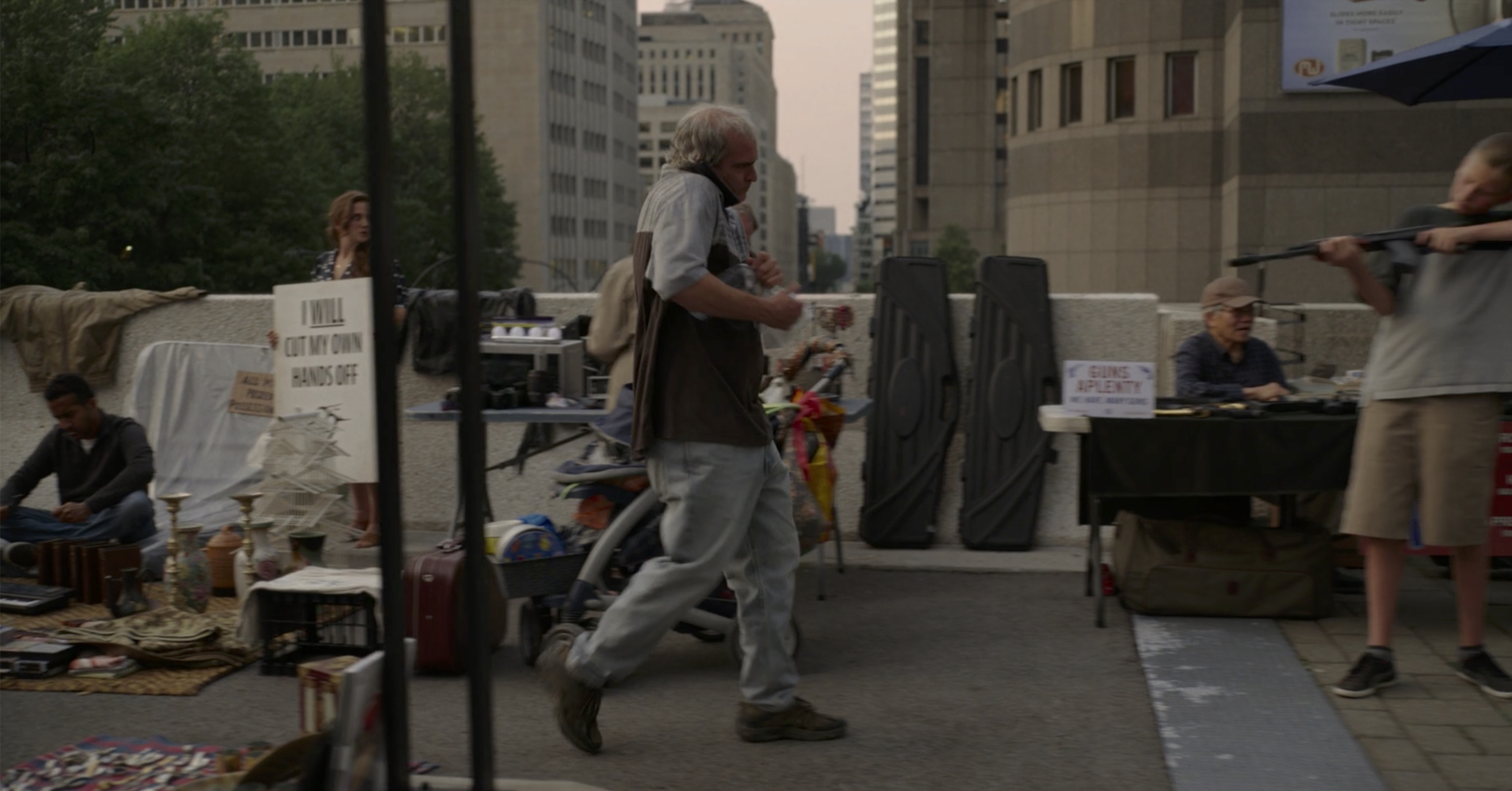Sigfried Giedion, Space, Time and Architecture: The Growth of a New Tradition (Cambridge, MA: Harvard University Press, 1977), 19.
Giedion, Space, Time and Architecture, 18.
Sigfried Giedion, Building in France, Building in Iron, Building in Ferro Concrete (Los Angeles: The Getty Centre Publication Programs, 1995), 91.
Giedion, Building in France, Building in Iron, Building in Ferro Concrete, 90-91.
Sokratis Georgiadis, “Appendix,” Building in France, 207. Giedion writes, "Only film can make the new architecture intelligible! Still photography does not capture it clearly" (176).
Building in France, 6 (note 141).
Sokratis Georgiadis, “Introduction,” Building in France, 53. Georgiadis discusses Giedion’s influence on Benjamin (44, 53, 75-76). We should remember that Kracauer was trained as an architect and his writings on film are always connected to the capitalist metropolis and the built environment. Giedion also had a strong influence on the formation of the interdisciplinary journal Explorations which McLuhan co-edited with anthropologist Edmund Carpenter in the 1950s. This is early incarnation of media studies in North America inspired by Giedion’s books. See Michael Darroch and Janine Marchessault, “Introduction to Explorations,” Explorations Journal 1-8 reissued 1953-57 (Oregon: WIPF Publishers 2016).
Sigfried Giedion, Mechanization Takes Command: A Contribution to Anonymous History (New York: Oxford University Press Third Edition 1970), 3.
Gilles Deleuze, Cinema 1: The Movement Image, trans. Hugh Tomlinson and Barbara Habberjam (London: Athlone Press, 1992), 109.
John T. Caldwell, “Para-Industry: Researching Hollywood’s Blackwaters,” Cinema Journal 52, no. 3 (2013): 157–65. See ➝.
Lindsay Kusiak, “Why location Scouts deserve Academy Recognition,” The Hollywood Reporter, March 8th, 2023. See ➝.
For this, his work was singled out in a film review along with production designer Fiona Crombie’s fantastical sets. Gabriella Geisinger, “Beau is Afraid’s Ari Aster praise production designer and Canadian locations,” KFTV, April 26, 2023. See ➝. His work has also been recognized with a Locations Manager Guild International Award. Locations Manager Guild International Award for “Little America.” 2020 Winner LMGI Award for Outstanding Locations in a Limited Anthology Television Series the Guild was established in 2003 by LA based Location Scout Beth Tate, to recognize the important work of location scouts. This began with an exhibition on Los Angeles: In the Zone: Los Angeles Through the Eyes of Location Scouts.
Mekado Murphy, “Anatomy of a scene,” New York Times, April 12, 2023. See ➝.
Gabriella Geisinger, “Beau is Afraid’s Ari Aster praise production designer and Canadian locations,” KFTV, April 26, 2023. See ➝.
Alex Rose, “Made in Montreal; Montreal takes the spotlight in Beau is Afraid,” CultMTL, May 11, 2023. See ➝.
Ibid.
Geisenger.
Siegfried Kracauer, Theory of Film: The Redemption of Physical Reality (New York: Oxford University Press, 1960), 304.
Mathew Lapierre, “Mayor says mixture of 'vulnerable' populations makes area challenging for city,” CBC News, Feb 22, 2023. See ➝.
Here is one example of critical praise for the urban sections of the film: “The movie’s liveliest, most visually engaging section is the urban hellscape: a sweeping, intricately staged, choreographed and shot interlude…It’s ugly, but it does pop.” Manohla Dargis, “’Beau Is Afraid’ Review: A Visit with Mommy Dearest,” The New York Times, April 12, 2023. See ➝.
See ➝.
Michele Laliberté, “Interview with Rodrigo Kurtz about Scream VI,” Hello Sydney, April, 2023.
“Founded on August 12, 1900 as the first professional theatres built by and for Francophones, this venue presented Broadway hits adapted for Québec audiences and was the home of the province’s biggest burlesque and melodrama artists.” See ➝.
